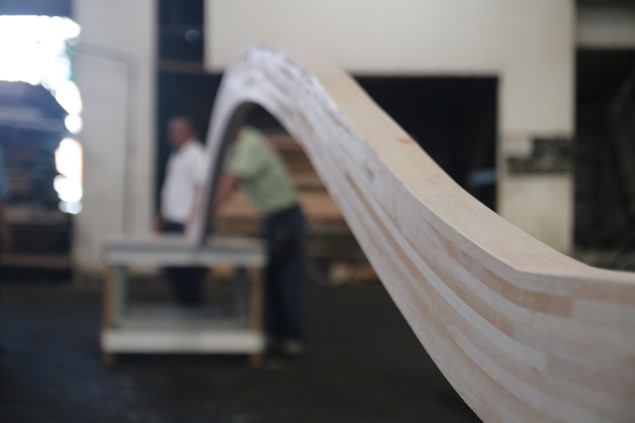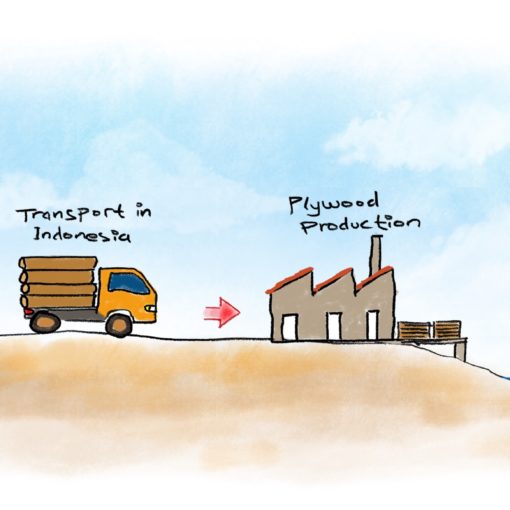Timber construction is experiencing a boom. Due to its sustainability characteristics but also due to other aspects such as higher productivity and higher well-being, wood is going through a renaissance phase.
In the past century or so, wood has been considered as a material that is not durable – if compared to the non-renewable materials such as steel and concrete – especially in countries such as in Indonesia. One of the reasons, for such a misconception, is oftentimes the lack of know-how for a proper application. It is important to state that wood is a biodegradable building material and, if not properly used, will develop fungus and may decay.
The golden rule is to keep the wood below 20% equilibrium moisture content in order to mitigate the risk of biological decay and to enable a long-lasting structure. As long as the wood stays below this margin, the durability of the structure is increased. One of the essential tasks for building with wood is therefore, through specific technical moisture protection measures, to protect the wood from permanent high moisture content and to keep the equilibrium moisture content of the wood low. A temporary surface moisture content above 20% is not critical as long as the architecture allows the surface to promptly dry back.




